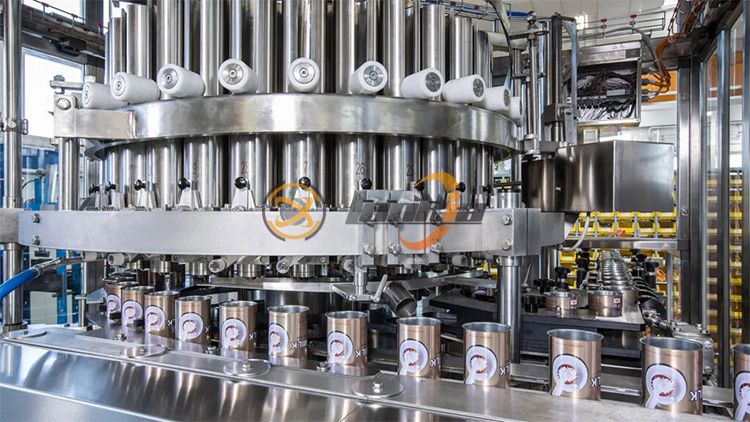Canned fish production is a complex but highly efficient process that transforms raw seafood into a long-shelf-life product ready for global distribution. If you’re considering starting or upgrading a canned fish factory, understanding the essential equipment for each stage of the production line is critical.
This article breaks down the key machines used in a modern canned fish production line, covering every step from raw material preparation to final packaging.
1. Fish Receiving & Sorting Equipment
After the fish arrive at the facility, they need to be sorted by size, species, or quality.
Fish receiving conveyors
Grading machines
Fish sorting belts
These systems ensure that only suitable fish proceed to processing, improving consistency and minimizing waste.
2. Washing & Descaling Machines
To ensure food safety and cleanliness, the fish are first thoroughly washed and descaled.
Fish washing machines
Automatic descaling machines
These machines reduce labor and improve hygiene compliance, which is vital for canned seafood.
3. Fish Cutting and Gutting Equipment
Automated systems are used to remove heads, tails, and internal organs.
Head and tail cutting machines
Gutting machines
Fish filleting machines (if fillets are required)
Depending on the product type (whole fish, fillets, chunks), different cutting configurations are used.
4. Cooking or Pre-Cooking Equipment
Cooking softens the flesh, removes excess fat and water, and prepares the fish for canning.
Steam cookers
Boiling tanks
Conveyor cooking systems
Some lines also use smoke ovens for added flavor in specialty products like smoked sardines.
5. Cooling and Draining Systems
After pre-cooking, fish are cooled and excess water or oil is drained.
Cooling tunnels
Draining conveyors
This step is important to prevent excess moisture in the can, which can affect shelf life and flavor.
6. Canning and Filling Machines
This is the heart of the production line where fish portions are packed into cans.
Automatic can filling machines
Manual or semi-auto can filling stations (for small-scale operations)
Sauce/oil/brine filling machines
Consistent filling ensures proper sealing and accurate net weight.
7. Can Sealing Machines
Once filled, cans are hermetically sealed to protect against contamination.
Vacuum can seamers
Double seaming machines
A reliable seal is critical for food safety and prevents spoilage during storage.
8. Sterilization Equipment
Sterilization ensures that the canned fish is microbiologically safe and shelf-stable.
Retort/autoclave sterilizers
Steam or water spray retorts
Temperatures of up to 121°C are used to destroy bacteria and extend shelf life.
9. Cooling and Drying Units
Post-sterilization, cans are cooled to prevent overcooking and then dried before labeling.
Cooling conveyors
Air-drying systems
This step prepares the cans for labeling and boxing.
10. Labeling and Packaging Machines
Finally, cans are labeled, batch-coded, and packed into cartons.
Can labeling machines
Inkjet batch coders
Carton packing and sealing machines
Palletizing systems (optional)
Automating this final stage increases speed and reduces manual labor.

Optional: Quality Inspection Systems
To ensure product safety and compliance, many production lines integrate:
X-ray inspection machines
Metal detectors
Weight checkers
These systems catch any foreign objects or under/overweight cans before they reach the market.
Conclusion: A Well-Integrated System Ensures Success
A complete canned fish production line is a highly integrated system that requires synchronization of all components for maximum efficiency, hygiene, and product quality. Whether you're producing sardines, mackerel, tuna, or anchovies, investing in the right machinery ensures:
Faster processing speeds
Reduced labor costs
Regulatory compliance
Extended product shelf life
Choosing reliable, food-grade equipment from reputable manufacturers is key to building a sustainable and scalable canned fish operation.
Would you like a checklist format of this for easy reference or a downloadable PDF version for factory planning?
